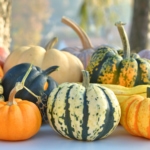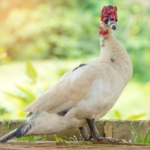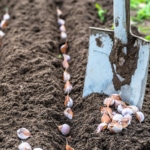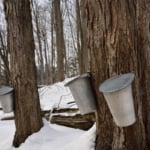Purple Carrots, Anyone?
Happy International Carrot Day, a day to celebrate everyone's favorite root veggie. Whether you enjoy purple, orange, yellow, or red, carrots are a great source of nutrients. Learn how to grow them in your own back yard.
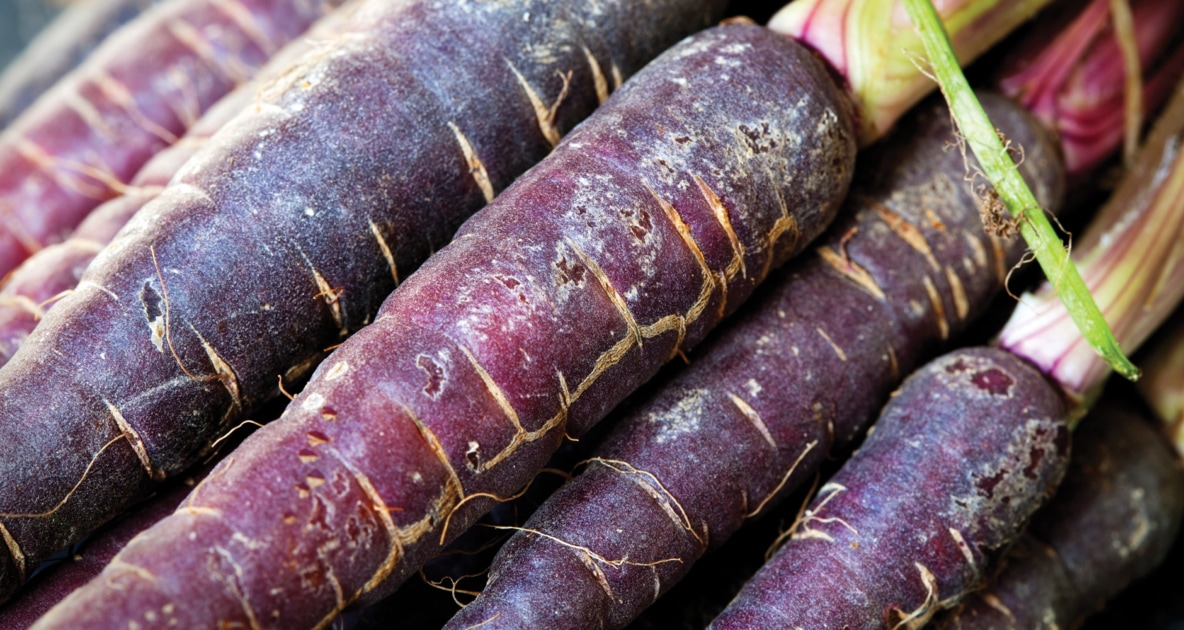
The Carrot’s Humble Beginnings
Carrots developed from these progenitors have been with us for about a thousand years; but the early ones were tough, hairy, and purple or blackish in color. In the 1600s Dutch carrot breeders developed the orange carrot, which is pretty much the standard today; although white, yellow, red, maroon, and purple varieties are advertised in many seed catalogs. If you choose to grow purple or maroon varieties, keep in mind that they tend to turn a less-than-appealing brown color when cooked and are probably best used raw in salads.
Are Purple Carrots Healthier Than Orange Carrots?
Purple carrots have just as many nutrients as their orange cousins, and then some. Most varieties have just as much vitamin A and beta-carotene as orange carrots, but they also contain anthocyanins, those glorious compounds that give colorful fruits and veggies like blueberries their superfood status. Studies have found that pigments in purple carrots can improve memory, enhance vision, protect against heart attacks, and provide anti-inflammatory benefits.
Health Benefits of Carrots
Most people know that carrots are a good source of vitamin A, which is important for healthy eyesight. In fact, it only takes one medium-sized carrot to supply all of your daily requirements for vitamin A. Carrots are also rich in potassium and are a source of copper, B6, and magnesium. While low in calories, carrots are sweet enough to be fermented and can produce a colorful and tasty wine.
Growing Carrots – The Basics
The main thing about growing carrots is to have a well-prepared bed or space in the garden. Carrots don’t like rocks or compacted soil; and roots will become stunted or divided. The best soil is light and sandy with high organic matter, and perhaps a small amount of wood ashes for potassium, and to counteract any excess acidity. Too much nitrogen can cause branching and hairy roots, so go easy on manure.
The great thing about planting carrots is that you can plant them as soon as your soil is ready. Once you put seeds in, frosts or even a few lights snows won’t bother them a bit. That means you can get out there and get them planted before the black flies appear.
Plant carrot seeds about 1/4 inch deep, and don’t sow too thickly. The seeds are very small, but most of them will germinate. Thinning the tiny plants can be very tedious. One caution: avoid planting carrots where you have grown potatoes in the past, because the scab that sometimes infects potatoes will also damage carrots.
What About Carrot Pests?
It’s rare to see any significant insect damage to carrot plantings. That may be more of a concern to the large-scale grower or monoculturist than to backyard gardeners. Black root rot, on the other hand, could be a genuine area of concern. The culprit there is usually too much organic matter in the soil, so if you notice root rot in your crop, try using less fertilizer in the future.
Did you know? The roadside weed known as Queen Anne’s Lace may not bear much resemblance to the orange beauties available at farmers’ markets these days, but pull one up and sniff the root. You can’t miss that distinctive carrot aroma. The roots of these “wild carrots” are small and become woody as the plant matures, but they are edible when young. Don’t confuse Queen Anne’s Lace with hemlock, which is poisonous! Read more.
Harvesting Your Carrots
Harvesting carrots can be done by hand if your soil is very loose, otherwise, a garden fork is in order, and will cause the least damage to roots. You can tell when your carrots are ready by examining the root heads, which will be just above or below the soil. A carrot’s sweetness is enhanced by temperatures below 50F, which is why I often harvest some of my crop in October. You might even want to keep some in the garden over winter, under a couple feet of hay or leaves, for an early spring treat. Enjoy!
Check out these tips on harvesting your vegetables here!
Paul Robert
Paul Robert lives in Hartford, Maine, with his dog Raymond. He has been an organic gardener for over 35 years, and raises some poultry as well. His special interest is trees. Several kinds of oak and elm, as well as Korean mountain ash, American and Chinese chestnut, persimmons and many other specimens grow on his 1.6 acre mini-farm. He may be contacted at [email protected].


